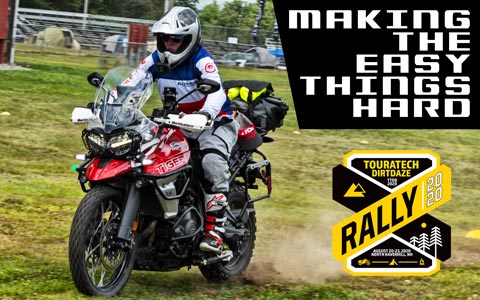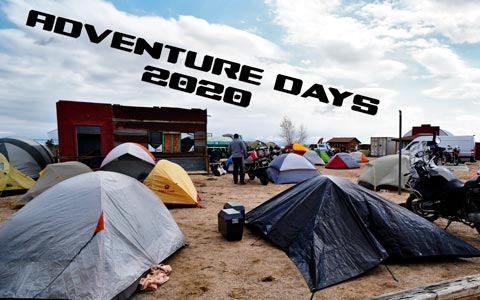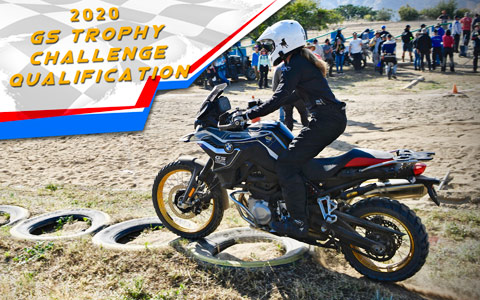Featured Adventure/Dual-Sport Ride Reports

There’s a formula for success, especially for a first-time event, that has every rider and…

The Dakar Rally is one of the greatest spectacles on earth—period. For thirty plus years…

The Monster Energy 2012 Amageza Rally, powered by KTM Cape Town and Leatt Corporation, brought…












